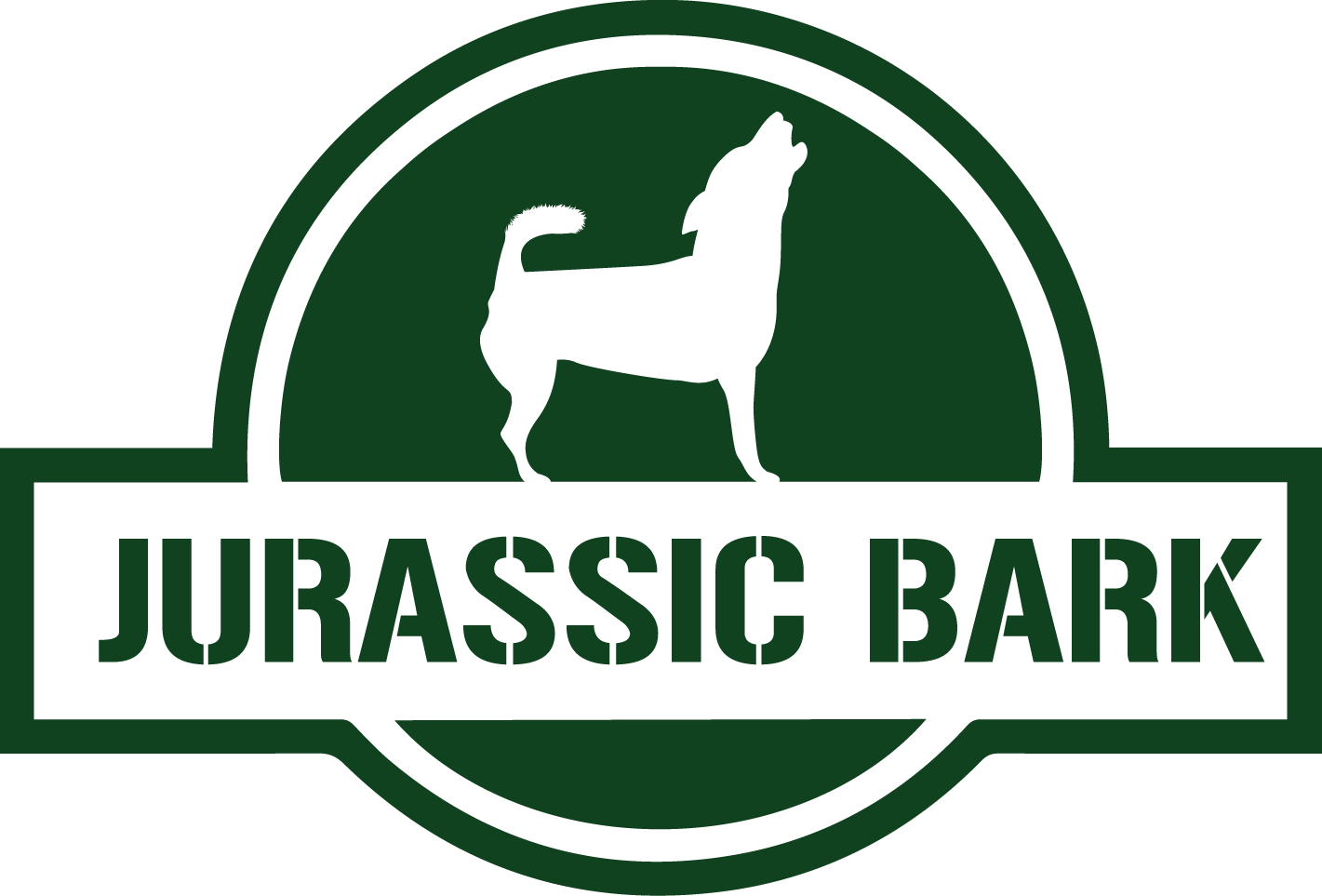I learnt a lot from working at Dog Trouble about how to enjoy a walk, rather than getting pulled around for an hour, or worrying whether Mr or Mrs Doggo will return from chasing a squirrel, or running towards another dog.
The simplest thing I learnt – which makes sense once you hear the logic behind it – is not to walk your dog on a harness. Ok fine, maybe if you have a Chihuahua, or a dog that doesn’t pull, or possibly a Pug or a Frenchie that isn’t able to have any pressure round their neck. But in general, a dog that wears a harness, will be a dog that pulls. A lot of people I have spoken to about this think that putting a harness on a dog will actually STOP the pulling, because you have more control or whatever the thought behind it is, but in reality, a harness was designed for dogs to pull. Think about huskies in the snow – what do they wear? Harnesses. Why do they wear them? Do attach them to a sled to pull it… Putting a harness on a dog gives them their whole body weight to pull with. The harness straps around their chest, which is the strongest part of their body. So if you have a German Shepard, for example, that sees something it wants to chase or lunge towards, you’ll have a hard time holding them back with a harness on. However, if you want to regain control of a pulling dog, the best thing to use is a Halti. These go round the dogs nose and head, a bit like a head collar for a horse. When your dog pulls, the strap around the nose tightens, which will (normally, unless you have a MEGA pully dog) stop them from pulling without causing any harm.
If you have a dog that pulls, but perhaps not enough to need a Halti, I would recommend trying a slip lead first – this is what I use on my boys and they walk pretty nicely. I put the lead right up to behind their ears so it’s not pulling on the centre of their neck if they do pull towards something, and it is also the weakest part of the neck, meaning they have less power to try and pull in the first place. You can also try twisting the lead to go round the nose as well, or buying a double stop lead where you can put a figure of 8 round the dogs nose. It works similarly to the Halti but just means you can put it back to a slip lead if your dog gives up pulling!
One more thing to stop a pulling dogosaur… don’t use an extendible lead! I used to walk all four of my Yorkies at the same time on an extendible lead each and I can’t for the life of me imagine how I did that looking back now! You have such limited control of your doggo on an extendi lead because they are choosing how much room they have, and when they hit the end of that line they will pull for more. If a dog starts pulling like that, chances are they will carry on going for the whole walk, or they will dart out to the side as they please which may mean pulling you over with them.
If you have a dog you can’t let off the lead for whatever reason then I would recommend using a long line. This means you can still allow your dog some space to enjoy their walk, but it means that you still have control if they start running off as you can simply stand on the line if you have dropped it to give them space. They are brilliant for teaching recall too.
If you have a dog that may run towards other dogs, even if it is just to play, remember that you never know the temperament of the stranger’s dog, so try not to let your dog whizz over to them without first checking with the owner ESPECIALLY if the other dog is on a lead – you never know the reason behind that. Remember – if your dog runs up to an unfamiliar dog without the owner’s permission, they might end up getting hurt, so keep your dog safe.
As always, feel free to contact me with any questions.


